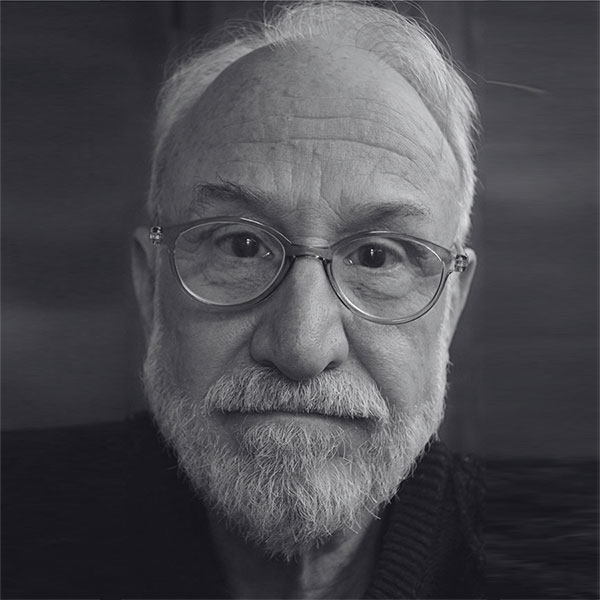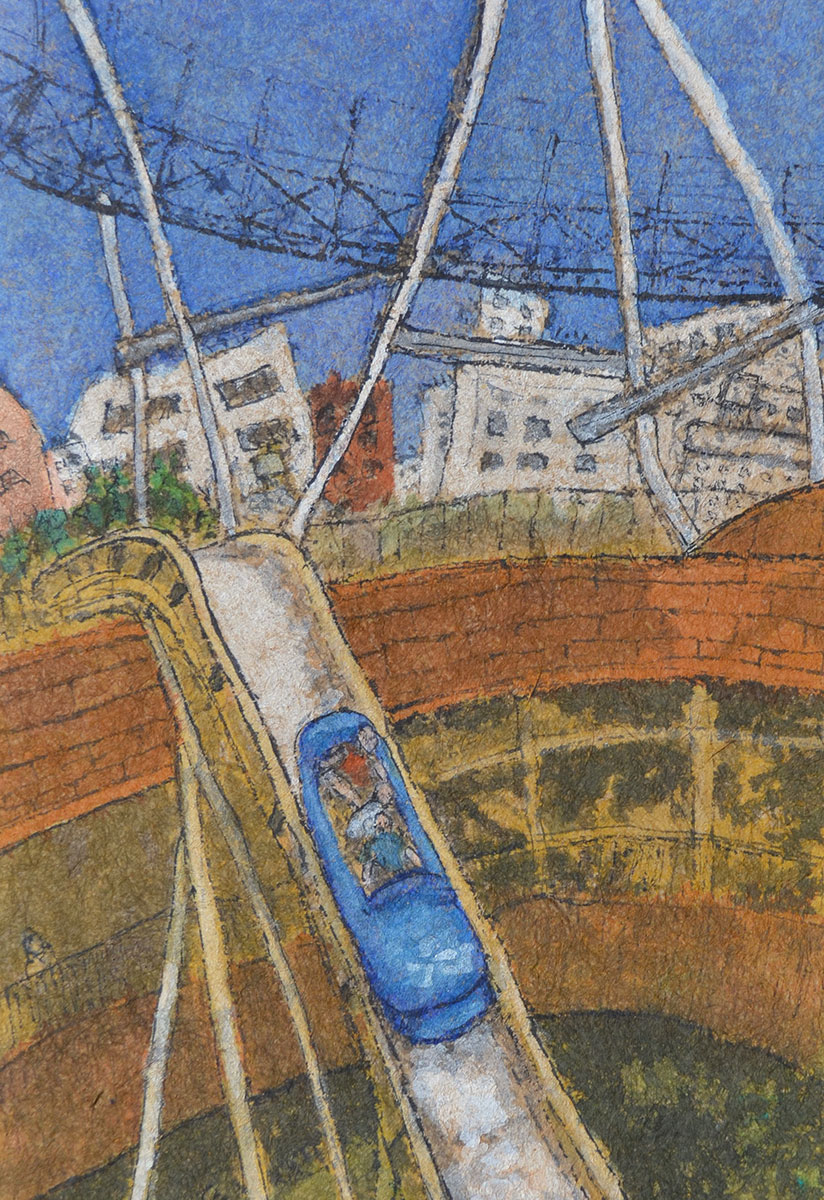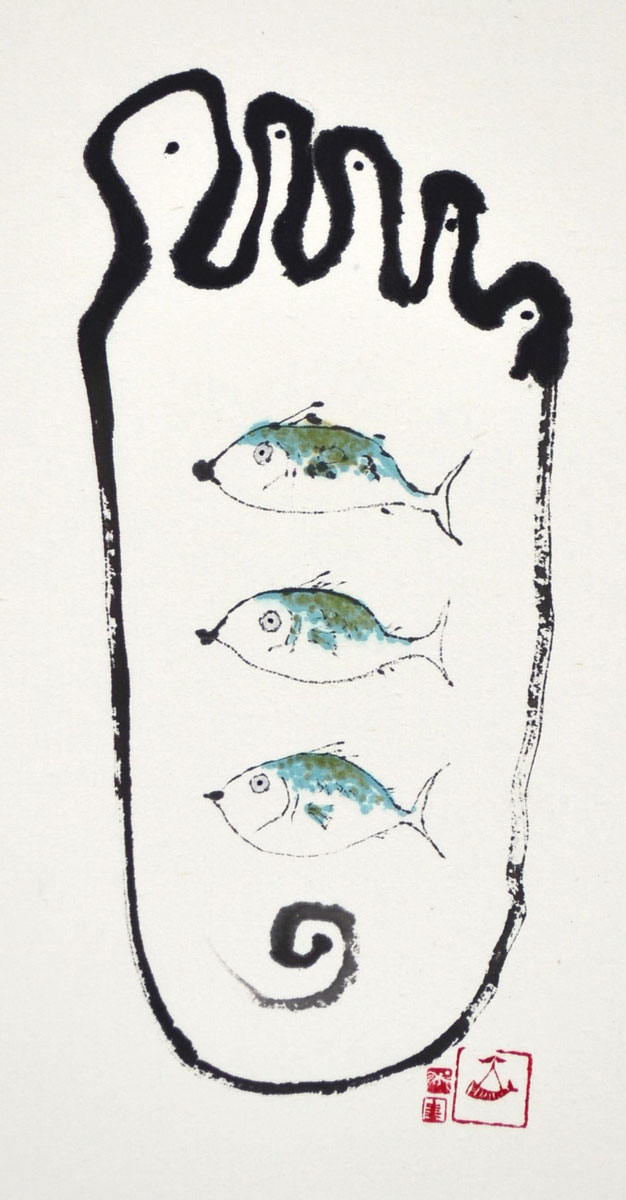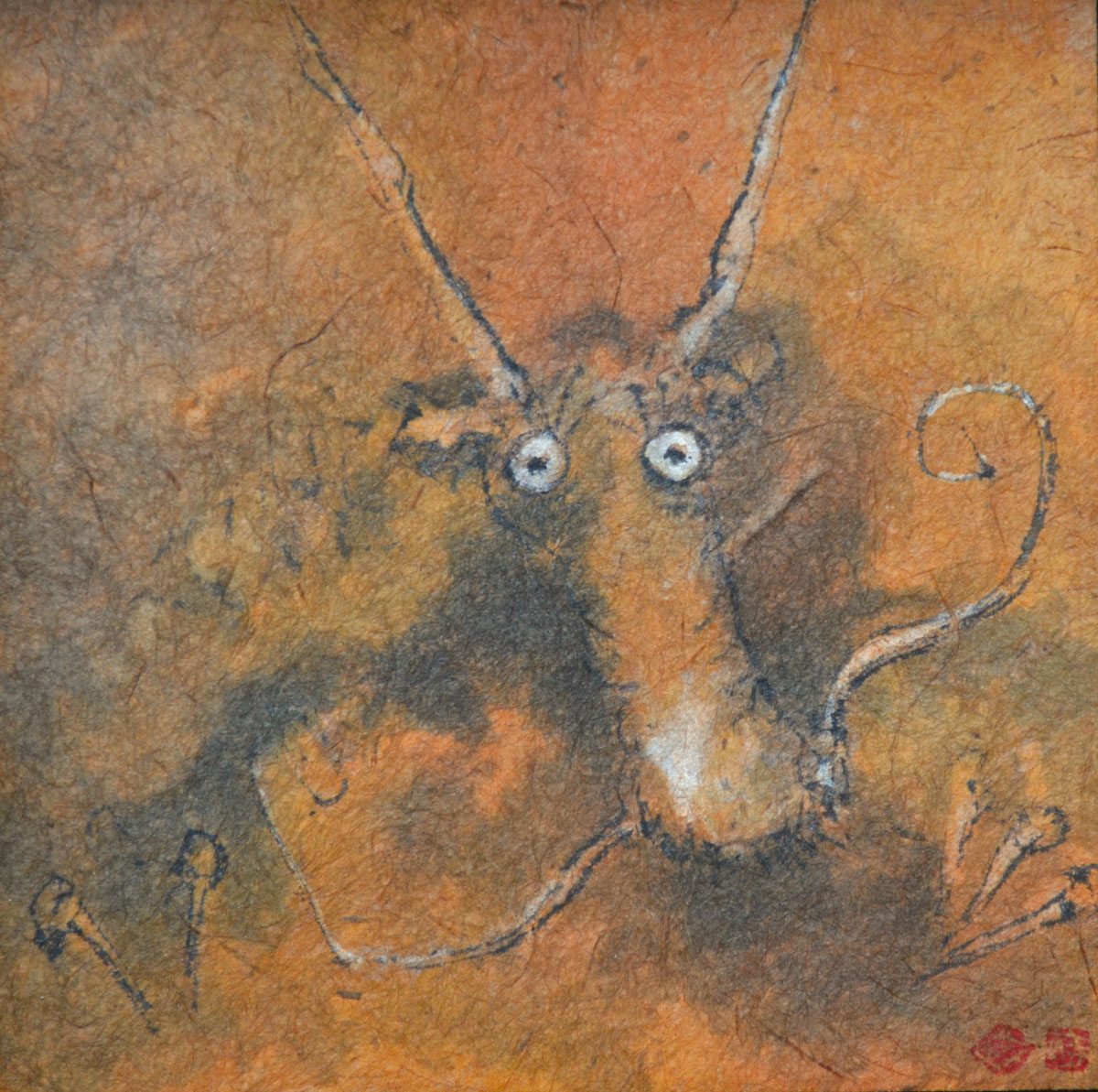Jim Hathaway

1989–
Jim Hathaway is an American ink painter living in Tokyo. He paints the places and the people that surround him, working with ancient materials that remain fresh and alive.
Personal History
Many artists have a story of the moment art entered their life, at home with a parent or at school with the gentle guidance of a teacher. Jim Hathaway arrived as a child into a world that was already filled with art. The oldest of four children, his mother was an art teacher and there was always art in the family home. Growing up, Hathaway spent a lot of time in the woods on the hill behind his house and making things from wood in the basement. He also liked playing sports and eventually took art classes after school at the arts center that his mother was the president of.
READ MORE +
At university, Jim Hathaway started as an engineering major. When not in class, he’d sit in the coffee house, listening to folk music, and notice the glare of the spotlights on the side wall. The play of light over that colored wall was a fortuitous inspiration because it opened a new way of seeing that he felt he had to pursue. Still, Hathaway approached art shyly, drawing on paper bags and scraps of paper. He later dropped out of university to go to the Art Students League of New York. It was here that he found a teacher, Marshall Glazier, his mentor. His class was a revelation for Jim Hathaway. It’s here where he learned to draw and to truly see. He also learned that a good line is true and real.
As an artist, his first inspiration came in that little college coffeehouse, the second arrived in the Metropolitan Museum of Art. He was studying oil painting and drawing and visited the museum every week to understand what art was. Seeing the same wonderful paintings led to boredom, so Hathaway began to venture deeper into the massive Upper East Side art Mecca. He walked into the Chinese section and experienced his second revelation — a new way of seeing, fresh and clean. Not being Chinese or Japanese, he didn’t think he could ever create that kind of art.

By this point, Hathaway had completed his art education and learned to mix colors, make lines, and use different materials. He was earning a living as a studio assistant and painting large abstract paintings, but Hathaway saw how the art business worked and became discouraged. After a few years, he took a two-week vacation to Japan, extended it, and never came back. This was 1989. A quarter century later, Hathaway still calls Tokyo home. After a couple of months in the city, he put together a new paint box, acquired some paints, and began sketching local landscapes in oils. Next, he bought ink and Japanese writing paper from a local stationery shop and started to play with it. After a year, Hathaway moved to an older part of town that had art shops, paper, pigment, brushes, ink, and ink stones. It was a whole new world for the young artist. He dove in and began to wonder if he was doing it right. It was here where Hathaway began to study with Yukie Otake, an artist in his 80s at the time, who gave him challenges, the first one was maple leaves. It took Hathaway two weeks and 1000 drawings of maple leaves before Otake smiled and gave him the next challenge. When he felt he had a hold of the materials, Hathaway went his own way because his ambition was not to be a traditional painter of bamboo and birds. Instead, Jim Hathaway wanted to use these traditional materials with contemporary subjects.
Using Sumi ink, Hathaway creates paintings of alleys, power lines, trees and flowers, and offers collectors a unique view of city life that is brimming with personality, warmth, and above all else, gorgeous clean lines. He works in ink because on a brush and on soft Japanese paper, it is the most sensitive medium he knows. Jim Hathaway says that Sumi ink can whisper and it can shout, but can never tell a lie. It’s all there, naked to see. Every line must be true.

Accomplishments
Jim Hathaway has had solo exhibitions of his work once or twice a year, every year, for the last 35 years in Tokyo. Three museum exhibitions of his work in Japan stand out. The first was in the Satake Daimyo (Edo lord) Museum in Hanzomon, a small museum in an uptown part of Tokyo run by the Lord’s retainer’s daughter. It was mostly a museum of Edo Maps, of historical importance. They cleared away the maps to have a special exhibition of his paintings. The second museum to put on a Jim Hathaway exhibition was the Kumano Brush, because the Director selected him after seeing Hathaway on TV. Then, 12 years ago, Jim Hathaway enjoyed a mid-career retrospective at a contemporary art museum in Gunma.
To inquire about collecting the art of Jim Hathaway, attend one of Park West’s online auction weekends or contact a sales associate via email at sales@parkwestgallery.com or by phone at (866) 995-0904 ext. 4.


